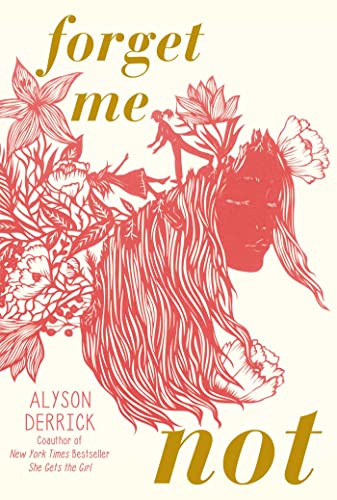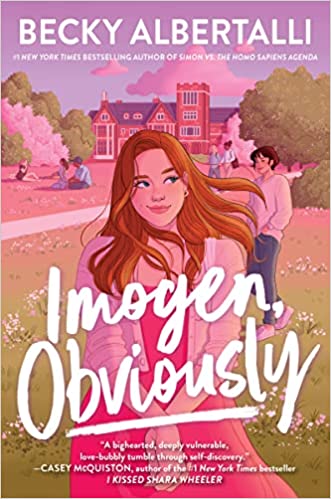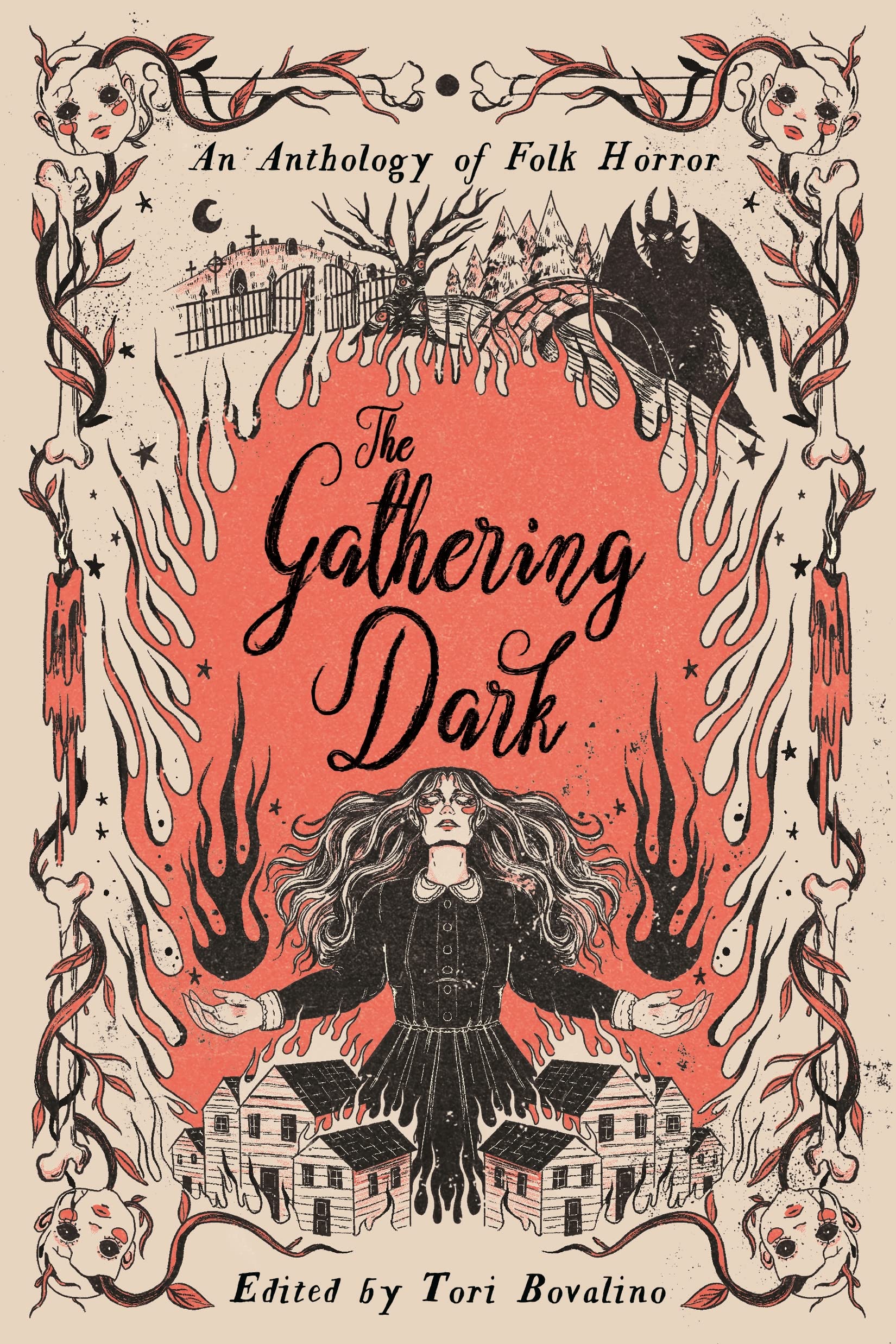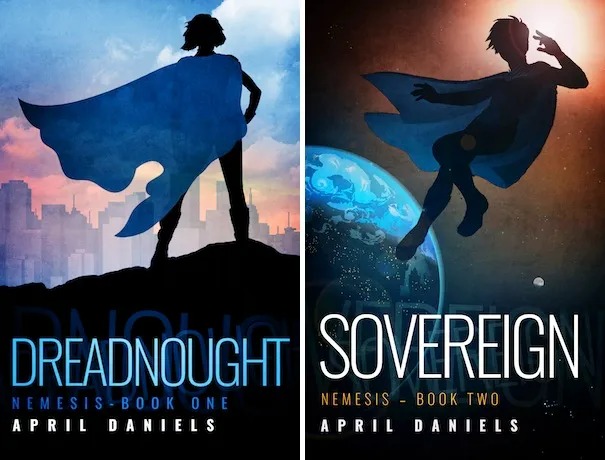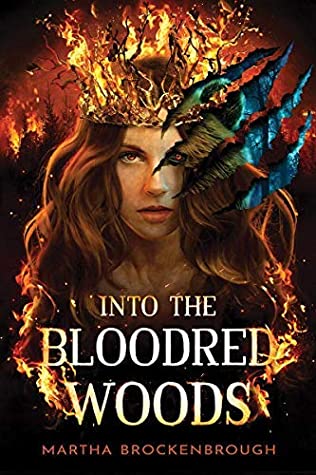Amazon Affiliate Link | Bookshop.org Affiliate Link The Girls Are Never Gone by Sarah Glenn Marsh is a YA supernatural horror novel. Its protagonist, Dare, is just beginning her summer internship restoring an old house and recovering from a breakup with her boyfriend. She plans to use the summer to launch a podcast about the house’sRead More
For Nerdy Queer Teens Past and Present: Out of Character by Jenna Miller
Amazon Affiliate Link | Bookshop.org Affiliate Link Talk about a painfully relatable read. I’m almost glad this wasn’t around when I was a teen, because I’m not sure I could handle reading it then! Cass is a fat, nerdy queer teenager who is obsessed with a book series and roleplays as one of the charactersRead More
Girl Meets Girl, Girls Fall In Love, Girl Gets Amnesia: Forget Me Not by Alyson Derrick
Amazon Affiliate Link | Bookshop.org Affiliate Link Last year, I reviewed She Gets the Girl written by Alyson Derrick and her wife, Rachael Lippincott, and really enjoyed it. So when I saw that Derrick had a new sapphic YA book coming out just in time for the April 4th episode of All the Books, IRead More
The Enthusiastic Ally to Bisexual Pipeline: Imogen, Obviously by Becky Albertalli
Amazon Affiliate Link | Bookshop.org Affiliate Link Now that I’m twice the age of many of the protagonists in Young Adult books, I have a different relationship with them. I still read YA, but I find myself feeling protective of the main characters instead of relating to them. Nothing exemplified that shift more than readingRead More
A Not-So-Magic Sapphic YA Romance: Improbable Magic for Cynical Witches by Kate Scelsa
Amazon Affiliate Link | Bookshop.org Affiliate Link Content warnings: homophobia (from antagonists), drug abuse (marijuana, alcohol) My experience with Improbable Magic for Cynical Witches stems from a core misunderstanding about what this book is. The summary explains that Eleanor doesn’t believe in magic, but her life will be changed by mysterious forces, that magic will arrive. It’sRead More
Sam reviews Other Ever Afters by Melanie Gillman
Amazon Affiliate Link | Bookshop.org Affiliate Link If you spend much time on Tumblr—and who doesn’t, these days—there’s a good chance you’ve seen at least one of Melanie Gillman’s gay fairy tale 24-hour comics. They’re well-loved on the microblogging social media, and for good reason. With simple but beautiful panels, an enchanting storybook feel, andRead More
Til reviews The Gathering Dark edited by Tori Bovalino
Amazon Affiliate Link | Bookshop.org Affiliate Link The Gathering Dark is a collection of folk horror short stories. I went into this book expecting the folk horror short stories. The queerness of those stories came as a delightful surprise. I will own outright that whether or not this counts as a sapphic read is debatable. To me,Read More
Sam reviews Dreadnought & Sovereign by April Daniels
Amazon Affiliate Link | Bookshop.org Affiliate Link I’m not all that into superheroes—I don’t really read comic books, I don’t follow superhero media—but I really enjoyed both Dreadnought and its sequel Sovereign by April Daniels. The books are set in a comic-book-esque modern day, where supervillains appear in history textbooks and it’s not unusual toRead More
Til reviews Into the Bloodred Woods by Martha Brockenbrough
Amazon Affiliate Link | Bookshop.org Affiliate Link Trigger warnings: gore, torture, death, mutilation, sexual assault, child abuse, violence, harassment… and likely others I’m forgetting. This is a relentless work. Imagine a story that understood the true horror of the old fairy tales, the depths of yearning and human pain that crafted them, and the wonderRead More
Nat reviews How To Excavate a Heart by Jake Maia Arlow
Amazon Affiliate Link | Bookshop.org Affiliate Link Sweet yet angsty. Coming of age and coming out stories. A meet cute that’s…not so cute. Jewish holiday rom com. All the big, tender feels of young love. Non-stop cackling, except when you take a break to have a good cry. A prominently featured corgi. These are aRead More
- « Previous Page
- 1
- …
- 8
- 9
- 10
- 11
- 12
- …
- 38
- Next Page »

